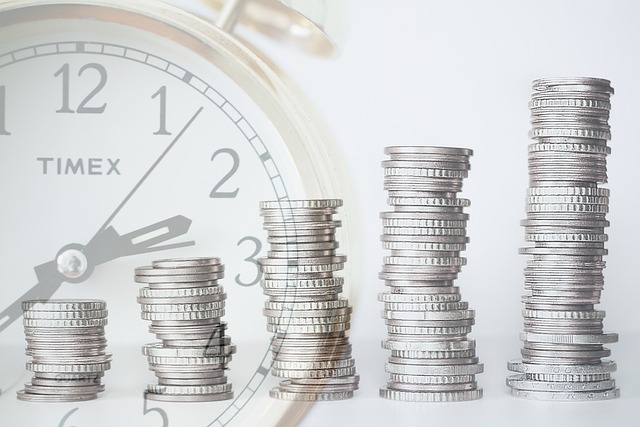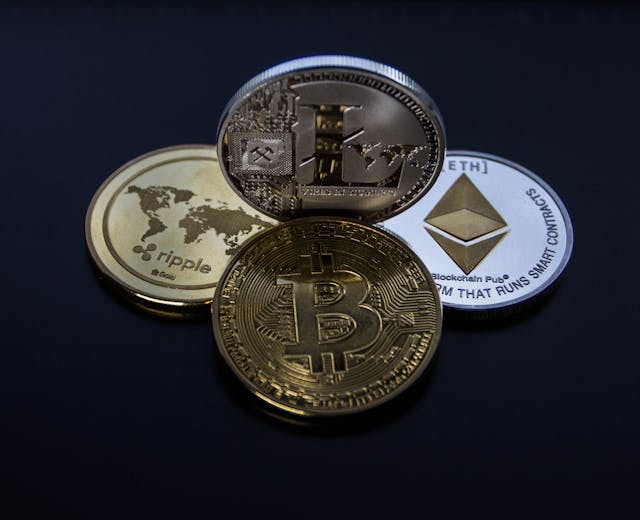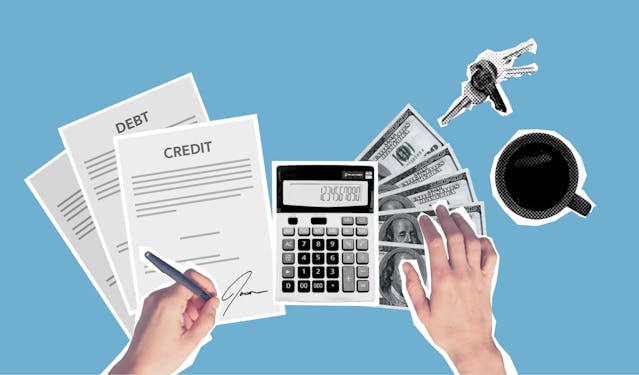The Federal Reserve, also known as the “Fed”, is the central banking system of the United States. One of its main responsibilities is to set and adjust interest rates, which can have a significant impact on the economy. But why does the Fed raise interest rates? In this article, we will explore the reasons behind the Fed’s decision to raise interest rates and the potential effects it can have on the economy.
What are Interest Rates?
Before we dive into the reasons for the Fed’s decision to raise interest rates, let’s first understand what interest rates are. Interest rates are the cost of borrowing money, typically expressed as a percentage of the total loan amount. When interest rates are low, it is cheaper to borrow money, and when they are high, it becomes more expensive.
The Fed sets the target for the federal funds rate, which is the interest rate at which banks lend money to each other overnight. This rate serves as a benchmark for other interest rates, such as mortgage rates, credit card rates, and car loan rates.
Why Does the Fed Raise Interest Rates?
The Fed’s main goal is to maintain a stable and healthy economy. To achieve this, they use monetary policy tools, such as adjusting interest rates, to influence economic growth and inflation. Here are some of the reasons why the Fed may choose to raise interest rates:
Controlling Inflation
One of the primary reasons for the Fed to raise interest rates is to control inflation. Inflation is the general increase in prices for goods and services, which reduces the purchasing power of money. When inflation is high, it can lead to economic instability and negatively impact the standard of living for individuals.
By raising interest rates, the Fed aims to slow down economic growth and reduce the demand for goods and services. This decrease in demand can help to keep prices stable and prevent inflation from rising too quickly.
Stimulating Savings and Discouraging Borrowing
When interest rates are low, it becomes cheaper to borrow money, which can lead to increased consumer spending and economic growth. However, this can also lead to excessive borrowing and a buildup of debt, which can be harmful to the economy in the long run.
By raising interest rates, the Fed aims to encourage individuals and businesses to save money rather than borrow. This can help to prevent excessive borrowing and promote a healthier economy in the long term.

Responding to Economic Growth
The Fed also raises interest rates in response to economic growth. When the economy is growing too quickly, it can lead to inflation and other economic imbalances. By raising interest rates, the Fed can slow down economic growth and prevent these imbalances from occurring.
Equip thy minds with the wisdom of coin and commerce With our recommended Financial Literacy for Young Adults. Venture forth to the Amazon marketplace, where the scrolls of financial literacy await thee! Join the quest for prosperity and enlightenment, and may thy coffers overflow with the treasures of knowledge.
Maintaining the Value of the Dollar
The value of the dollar is closely tied to interest rates. When interest rates are low, the value of the dollar decreases, making imports more expensive and exports more competitive. By raising interest rates, the Fed can help to maintain the value of the dollar and promote a healthy balance of trade.
The Effects of Raising Interest Rates
Raising interest rates can have both positive and negative effects on the economy. Here are some of the potential impacts of the Fed’s decision to raise interest rates:
Positive Effects
- Controlling inflation: As mentioned earlier, raising interest rates can help to control inflation and prevent it from rising too quickly.
- Encouraging savings: Higher interest rates can encourage individuals and businesses to save money, which can lead to a healthier economy in the long term.
- Stabilizing the dollar: Raising interest rates can help to maintain the value of the dollar and promote a healthy balance of trade.
Negative Effects
- Slowing economic growth: Higher interest rates can slow down economic growth, which can lead to a decrease in consumer spending and business investment.
- Increased borrowing costs: When interest rates are high, it becomes more expensive to borrow money, which can be a burden for individuals and businesses with existing loans.
- Negative impact on the stock market: Raising interest rates can lead to a decrease in stock prices, as investors may see bonds as a more attractive investment option.

The Fed’s Recent Decisions on Interest Rates
In recent years, the Fed has been gradually raising interest rates to keep up with economic growth and inflation. However, in response to the COVID-19 pandemic, the Fed has cut interest rates to near-zero levels to stimulate the economy and support businesses and individuals during this challenging time.
The Fed has also implemented other measures, such as purchasing government bonds and providing loans to businesses, to support the economy during the pandemic. As the economy recovers, the Fed may start to raise interest rates again to prevent inflation and maintain a stable economy.
Conclusion
In conclusion, the Fed raises interest rates for various reasons, including controlling inflation, stimulating savings, responding to economic growth, and maintaining the value of the dollar. While raising interest rates can have both positive and negative effects on the economy, it is an essential tool for the Fed to maintain a stable and healthy economy. As the economy continues to recover from the pandemic, it will be interesting to see how the Fed’s decisions on interest rates will impact the economy in the long term.





























